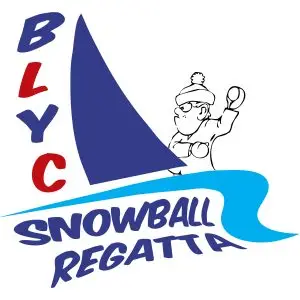Do have a sailing story, news, or helpful sailing-related information to share?
Please contact P/C Steve Harris to have it included. We’d love to hear from you.
After an extensive investigation, US Sailing has released a report on the incident. The report details a factual summary of the incident, key conclusions and a set of recommendations based on the learnings from the incident to help make the sport of offshore racing safer. The full report can be found on the US Sailing website here. US Sailing would like to thank the family of Mr. Golder, the crew of Morgan of Marietta, the Cruising Club of America, the Royal Bermuda Yacht Club, The Bermuda Race Foundation, Inc. and the technical experts for their assistance in the investigation. US Sailing’s condolences remain with the family and friends of long-time US Sailing member Colin Golder. US Sailing routinely conducts independent reviews of sailing accidents. Most of these come at the request of the US Coast Guard. These reviews conducted by panelists assembled from US Sailing’s Safety at Sea Committee have improved safety guidelines for racing, communication between sailors and race organizers, and training for race officials running offshore races. For creating and sharing the following video recap of the 2022 Snowball Regatta http://buckeyelakeyc.com/wp-content/uploads/2022/10/Clips22-10-28-11-47.mov Can’t view the video? Looking for pictures from this year’s regatta? You can access them by clicking here. CLICK HERE Click below to view/print US Sailing is made up of tens of thousands of members—all of whom have a very personal relationship to the sport. Regardless of how we found sailing or what our participation looks like, we are all connected in ONE way or another. Please enjoy this video and let us know on social media how you sail. Use #sailwithus and tag @USSailing for the chance to have your story shared. US Sailing – https://www.ussailing.org/US Sailing Releases Report on Bermuda Race Sailor Overboard Incident
 Bristol, Rhode Island (October 27, 2022)— Following the tragic incident that occurred during the running of the 52nd Newport Bermuda Race, US Sailing, at the request of The Bermuda Race Foundation, Inc. as the organizing authority for the race, in conjunction with the Cruising Club of America and the Royal Bermuda Yacht Club, convened a panel of experts to study the incident.
Bristol, Rhode Island (October 27, 2022)— Following the tragic incident that occurred during the running of the 52nd Newport Bermuda Race, US Sailing, at the request of The Bermuda Race Foundation, Inc. as the organizing authority for the race, in conjunction with the Cruising Club of America and the Royal Bermuda Yacht Club, convened a panel of experts to study the incident.Snowball Regatta Recap
Thank You David Luttenberger
CLICK HERE
CLICK HERE
Sailing Instructions Posted

SAILING INSTRUCTIONS POSTED
The Notice of Race and Sailing Instructions for next Saturday’s Annual Snowball Regatta have been posted to Regatta Network.
Are you registered?
for registrationSnowball Regatta – NOR
The Notice of Race for the 2022 Snowball Regatta is now available.

A Little Needed Motivation…
Together, through shared passions we are all connected in ONE way or another through the sport of sailing.
Together, we are truly ONE Country – ONE Sport – ONE Vision – ONE Team.
